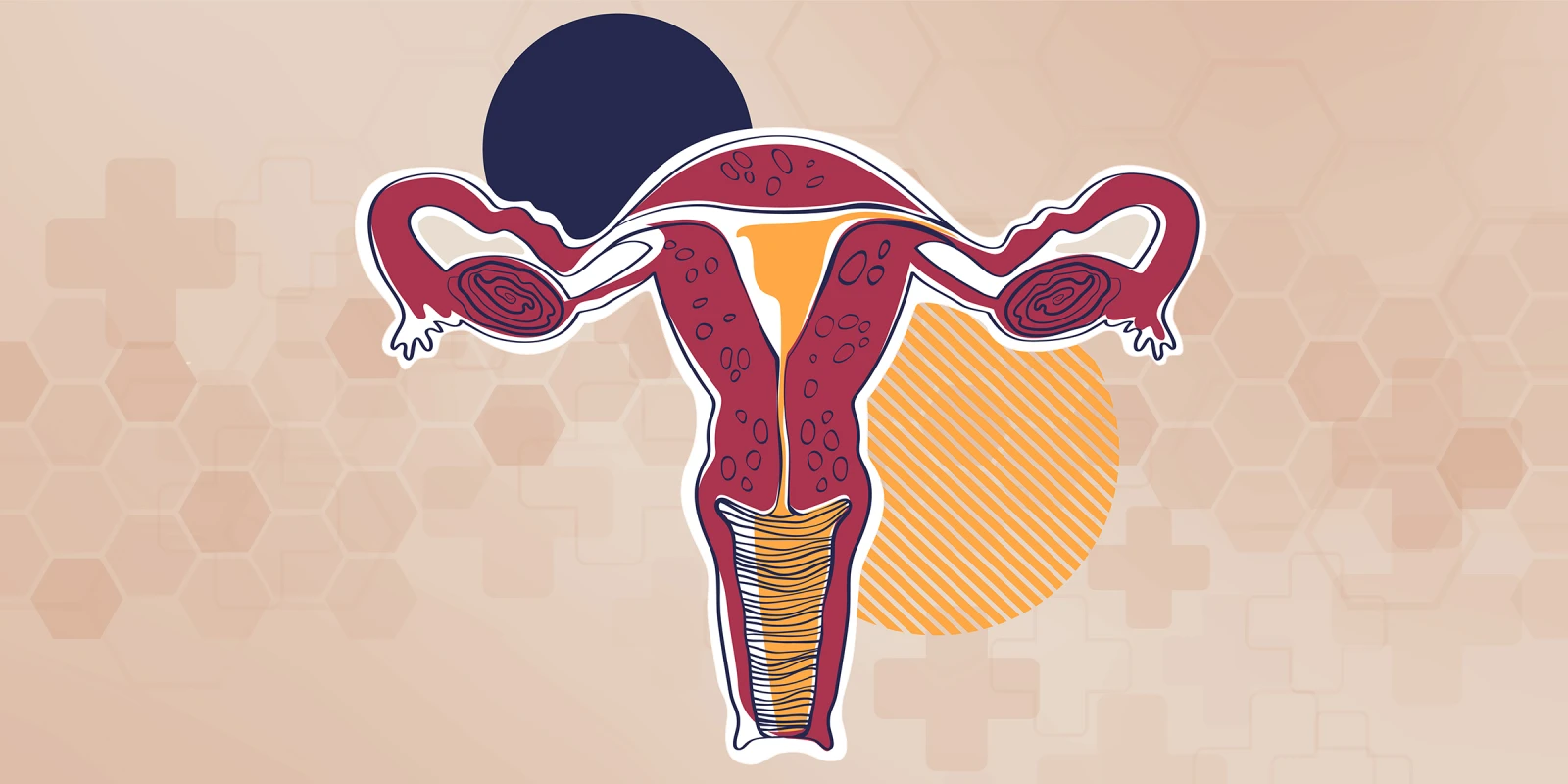Once again, this year’s ASCO meeting was held virtually. Despite this, investigators and clinicians from around the world joined to address ways to improve cancer delivery, access to care, and cancer outcomes. The imperative to address equity and disparities and the impact of the COVID-19 pandemic on cancer care were emphasized.
The plenary presentation, “Adjuvant chemotherapy following chemoradiation as primary treatment for locally advanced cervical cancer compared to chemoradiation alone: The randomized phase III OUTBACK Trial (ANZGOG 0902, RTOG 1174, NRG 0274)” touches on several of these topics. The overall survival results of this study of women with locally advanced cervical cancer (LACC), presented by Dr. Linda Mileshkin, have been long awaited. Though this disease afflicts women in all parts of the world, the highest incidence is in developing countries. In the U.S., cervical cancer disproportionately affects those of low socioeconomic status and is associated with racial disparities, in both access to care and survival outcomes.
Since 1999, the standard of care for LACC has been concurrent chemotherapy and pelvic radiation followed by brachytherapy (chemoradiation), however, the 5-year overall survival rate has remained stagnant at 66%. Several prior clinical trials and meta-analyses demonstrated improved outcomes in women who received adjuvant chemotherapy following standard chemoradiation and these data were the foundation for randomized OUTBACK trial. 926 women with LACC were randomized to either chemoradiation (control arm) or chemoradiation followed by 4 cycles of adjuvant carboplatin and paclitaxel (experimental arm). Of note, while the trial was ongoing, many clinicians adopted the use of “outback” adjuvant chemotherapy into clinical care.
The study reported several important outcomes. The primary outcome was overall survival: the 5-year overall survival rate was comparable between the two arms (71% in the control arm and 72% in the experimental arm). Interestingly, the experimental arm was actually associated with poorer outcomes in women over 60 in subgroup analysis. Not surprisingly, the experimental arm was also associated with higher rates of adverse events, such as hematologic and gastrointestinal toxicities and fatigue. One adverse event, neuropathy, was not only higher in the experimental arm but actually persisted for over a year. Quality of life was also worse in the experimental arm for the first 6 months though the rates were comparable after one year.
Though not a primary metric of the study, the high failure rate for completion of chemoradiation seen in both arms was alarming as this is one of the most important predictors of survival. Despite the fact that this study was conducted in high resource settings, and that trial patients are highly motivated, the investigators reported that up to 22% of patients did not complete standard chemoradiation, and there was a 3% difference in overall survival, favoring those that completed treatment. This observation highlights the challenges of LACC treatment and the need to ensure patients have resources to support them throughout their treatment and beyond. In real world settings, it is easy to posit that patients in low resource settings, where cervical cancer is more commonly diagnosed, the number of women who do not complete the recommended treatment course would be even higher.
Though this trial was disappointingly negative, it adds significant value to our approach to patients with cervical cancer (and really, to any cancer). First, the ability to complete a large randomized trial in any disease is an achievement and the investigators should be congratulated. However, this study took over 6 years to complete accrual. Cervical cancer is less prevalent in the sites where the study was conducted, so collaborating with high prevalent areas and providing needed resources may allow us to answer these important questions in a more timely fashion. Secondly, clinical trials may not only be negative but may actually cause harm. In this case, we saw a higher rate of adverse events, lower quality of life, and subgroups with a detrimental outcome in the experimental arm. Thirdly, the importance of quality of life should not be underestimated and should continue to be an important outcome of all practice influencing clinical trials. Lastly, a reminder to all of us that prematurely adopting new therapies or approaches (e.g., minimally invasive surgery and use of "outback" chemotherapy in cervical cancer) prior to thorough evaluation through clinical trials should be heeded with caution.
The results of OUTBACK also remind us of the continued need to not only identify better therapies for patients with locally advanced cervical cancer, and to advocate for prevention/risk reduction (HPV vaccine) and screening (HPV testing and cytology) for our patients. Areas of ongoing and future research in LACC may include improving outcomes with chemoradiation by adding novel agents (e.g., triapine, immunotherapy), evaluating alternative options for consolidation/maintenance therapy approaches (e.g. anti-angiogenesis, immunotherapy, PARP inhibitors), and identifying biomarkers for patients who may not respond to standard therapy. We must continue to encourage patients to participate in well-developed clinical trials so we can continue to improve the standard of care for patients with cancer.
Dr. Beth Karlan has no conflicts of interest to report. Dr. Ritu Salani has received consulting fees from GSK, Seagen, Merck, Instil Bio, and Arcus Biologics.
Image: Lerusea / shutterstock






